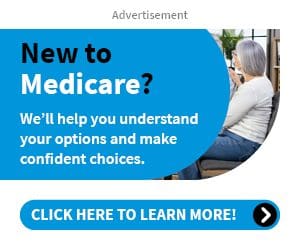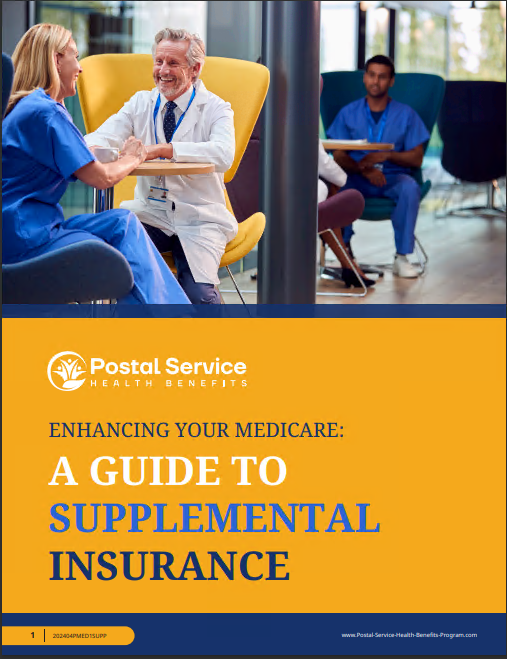Key Takeaways
-
The Postal Service Health Benefits (PSHB) program, launched in 2025, is specifically tailored to postal workers and their families, with unique eligibility requirements compared to the Federal Employees Health Benefits (FEHB) program.
-
Understanding PSHB eligibility is critical to maintaining coverage, especially regarding Medicare Part B enrollment rules for retirees and their dependents.
The Basics of PSHB Eligibility
The Postal Service Health Benefits (PSHB) program officially began on January 1, 2025, marking a major shift for postal workers, retirees, and their families. This program replaces the Federal Employees Health Benefits (FEHB) system for those associated with the U.S. Postal Service. If you’re wondering how PSHB eligibility works, don’t worry—we’ll break it down for you.
At its core, PSHB is designed to simplify access to health benefits for postal employees, retirees, and eligible family members. However, the transition comes with new rules and timelines you’ll need to follow to ensure continuous coverage.
Who’s Eligible for PSHB?
Current Postal Workers
If you’re an active employee of the U.S. Postal Service, you’re automatically eligible for PSHB. You can enroll during Open Season or during specific life events, also known as Qualifying Life Events (QLEs). Some examples of QLEs include getting married, having a child, or losing other health coverage.
Retirees
Retirees covered under the FEHB program are now required to transition to PSHB plans. However, retirees who qualify for Medicare must meet additional conditions—namely enrolling in Medicare Part B—to maintain their PSHB coverage.
-
If You Retired Before January 1, 2025: You are exempt from the Medicare Part B enrollment requirement. This means you can still enroll in a PSHB plan without needing to add Medicare Part B.
-
If You Retired On or After January 1, 2025: You must enroll in Medicare Part B when eligible (usually starting at age 65) to remain enrolled in a PSHB plan.
Family Members
Eligible family members include:
-
Your spouse
-
Dependent children under the age of 26
-
Disabled dependent children over age 26, provided they meet certain conditions
It’s worth noting that former spouses are not eligible for PSHB coverage, even if they were previously covered under FEHB.
Medicare Part B and PSHB: What You Need to Know
One of the most significant changes with PSHB is its integration with Medicare. If you’re retired or approaching retirement, understanding this requirement is essential.
Why Medicare Part B Enrollment Is Mandatory
Medicare Part B provides coverage for outpatient services, including doctor visits and preventive care. To maintain your PSHB coverage, you’ll need to enroll in Medicare Part B when eligible, unless you fall under an exemption.
Key Deadlines to Remember
-
Initial Enrollment Period (IEP): You have seven months around your 65th birthday (three months before, the month of, and three months after) to sign up for Medicare Part B.
-
Special Enrollment Period (SEP): If you delay enrolling because you’re still working and covered by PSHB, you can enroll in Medicare Part B during the eight months after your employment ends.
Exemptions to Medicare Part B Requirements
Some retirees are not required to enroll in Medicare Part B:
-
Retirees who left federal service on or before January 1, 2025
-
Active employees aged 64 or older as of January 1, 2025
If you fall into these categories, you can stay enrolled in PSHB without Medicare Part B.
Transitioning from FEHB to PSHB
The shift from FEHB to PSHB means automatic enrollment for most current enrollees. If you were already covered under FEHB, you were automatically enrolled in a corresponding PSHB plan as of January 1, 2025.
Automatic Enrollment Isn’t Always Perfect
While automatic enrollment ensures no gaps in coverage, it’s always a good idea to review your plan details. Open Season is your opportunity to make changes if your automatically assigned PSHB plan doesn’t meet your needs.
What Happens to FEHB Family Members?
If you’re covered under a family member’s FEHB plan, you don’t need to switch to PSHB. You can maintain FEHB coverage as long as your family member continues to meet the eligibility requirements.
How Open Season Affects Eligibility
Open Season is your annual window to make changes to your health plan. For PSHB, Open Season typically runs from mid-November to mid-December. During this time, you can:
-
Enroll in a new PSHB plan
-
Change your existing plan
-
Add or remove eligible family members from your coverage
Changes made during Open Season take effect on January 1 of the following year. Missing this window means you’ll need to wait for a Qualifying Life Event to make changes to your coverage.
The Role of Qualifying Life Events (QLEs)
Life is unpredictable, and QLEs allow you to make adjustments to your PSHB coverage outside of Open Season. Common QLEs include:
-
Marriage or divorce
-
Birth or adoption of a child
-
Death of a covered family member
-
Loss of other health insurance coverage
You generally have 31 days from the date of the QLE to make changes to your PSHB plan.
What Happens If You Miss Enrollment Deadlines?
Missing enrollment deadlines can have serious consequences, especially for retirees. Failing to enroll in Medicare Part B when required could mean losing your PSHB coverage altogether. Additionally, late enrollment in Medicare Part B comes with a penalty—a 10% increase in premiums for every 12-month period you delay enrollment.
If you’re an active employee, missing Open Season deadlines may mean being stuck with your current plan for another year, even if it no longer fits your needs.
Tips for Staying on Top of PSHB Rules
Navigating PSHB can seem overwhelming, but staying informed can make all the difference. Here are some tips to help you:
-
Mark Key Dates: Keep track of Open Season, Medicare enrollment periods, and any QLE deadlines.
-
Review Plan Brochures: Every PSHB plan has unique benefits and costs. Reviewing plan details can help you choose the right one for your needs.
-
Seek Assistance: If you’re unsure about your eligibility or enrollment requirements, reach out to the USPS Human Resources Shared Services Center or use online resources provided by the U.S. Office of Personnel Management (OPM).
Why Eligibility Rules Matter More Than Ever
Understanding PSHB eligibility rules isn’t just about checking a box. It’s about ensuring continuous, affordable healthcare coverage for you and your family. By staying on top of the program’s requirements, especially Medicare Part B integration, you can avoid costly penalties and coverage lapses.
Taking the time to review your options and plan ahead can make all the difference in managing your healthcare needs effectively.







